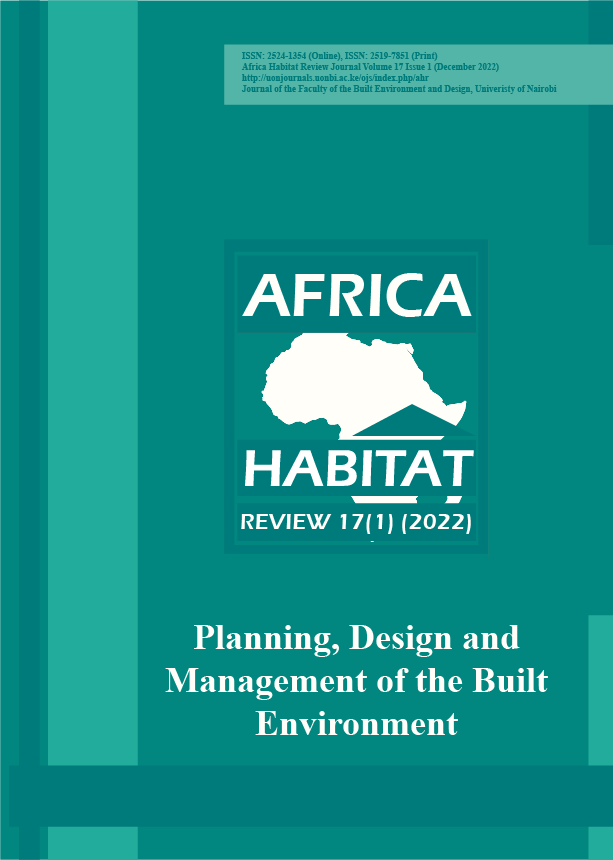Re-contextualizing indigenous landscape urbanism in relation to contemporary urban projects
Case of Rwanda and Burundi
Abstract
During the pre-colonial era, planning was so culturally defined that any changes would be deeply rooted in indigenous culture and local people’s aspirations and experiences. During the colonial era, new landscape urbanism ideas began to emerge in Africa, when urban planners from the global north were commissioned to design urban master plans. The past decade has seen an increasing interest and growth of scholarly interest in the cultural neglect of indigenous knowledge by the colonial masters as well as the later neglected ‘African’ episode of colonial planning whose implementation has slowly thinned away in the post-colonial city. This paper utilizes previously undocumented material on indigenous landscapes (ways of land settling) of Rwanda and Burundi, combined with theoretical underpinnings and complexities of case study contemporary urban project to explore the tensions in re-contextualizing indigenous landscape urbanism. In the post-colonial African city, contemporary urban projects such as the Gahanga cricket stadium in Rwanda and Library of Muyinga in Burundi, present a good laboratory for this exploration, considering the elaborate efforts in learning from vernacular inspirations and the differences in the socio-spatial interventions. In the end the paper concludes that contemporary urban projects exhibit clear elements of context-responsive sustainable planning principles, derived from indigenous architecture and urban form. Finally, the paper suggests how contemporary landscape urbanism for the African city can re-root its mould from indigenous inspiration to achieve socially, economically, culturally, and environmentally-sound of land settling and architecture, while at the same time re-valuing the prominence based on importance of nature in the indigenous models.


